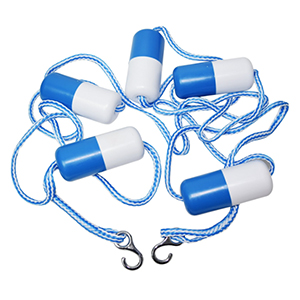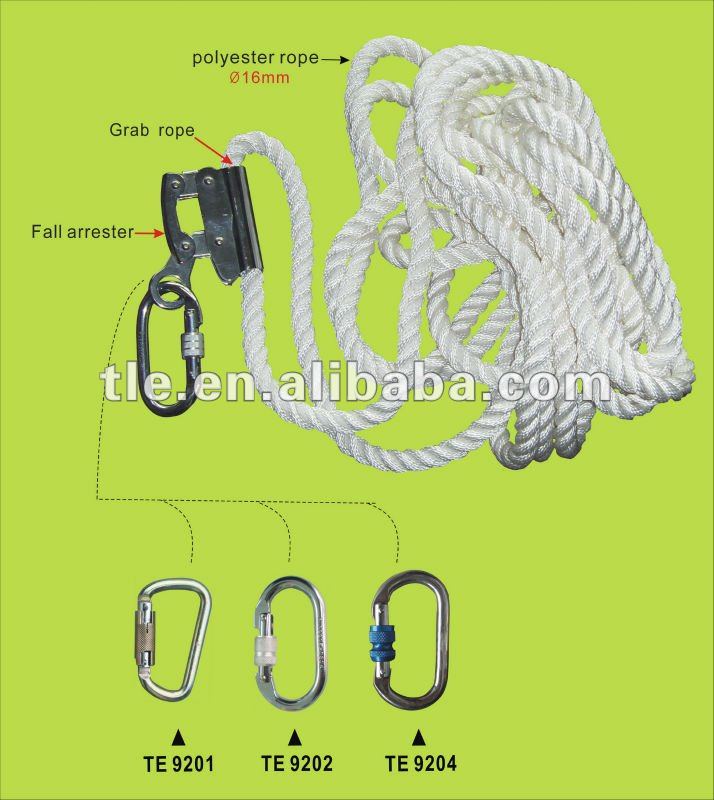

Since harnesses are worn on the body, they are generally better protected than the ropes. The service life of a rescue harness is closely related to that of a rescue rope – both are used in the same environments, both are made from nylon or polyester, and both receive similar levels of inspection and care. At that point we use a lot of the equipment (rope, webbing) in destructive systems testing, cut it up for tow ropes, knot tying ropes, ropes for the boat or around the house or at the camp, etc.ĬMC Rescue is known for our top-quality harnesses and many of our customers ask us when they should retire their harnesses. We retire all of our ropes, rescue harnesses, tubular webbing, flat webbing, etc., after it reaches its 10 year in service date.

In a nutshell, there is no stated lifespan for webbing or harnesses used for rescue. This information sheet was put out by CMC a few years ago. Unfortunately, or fortunately, depending on which side you are on, you can't find all the standards related to technical rescue in one easy location.

(rope has not been subjected to impact load.Here is the information you were looking for in all the wrong places. NFPA 1500 specifies reuse criteria as equipment inspection is performed per NFPA 1983, and that usage in accordance in 1983. I don't think NFPA std specifies service life of soft equipment.


 0 kommentar(er)
0 kommentar(er)
